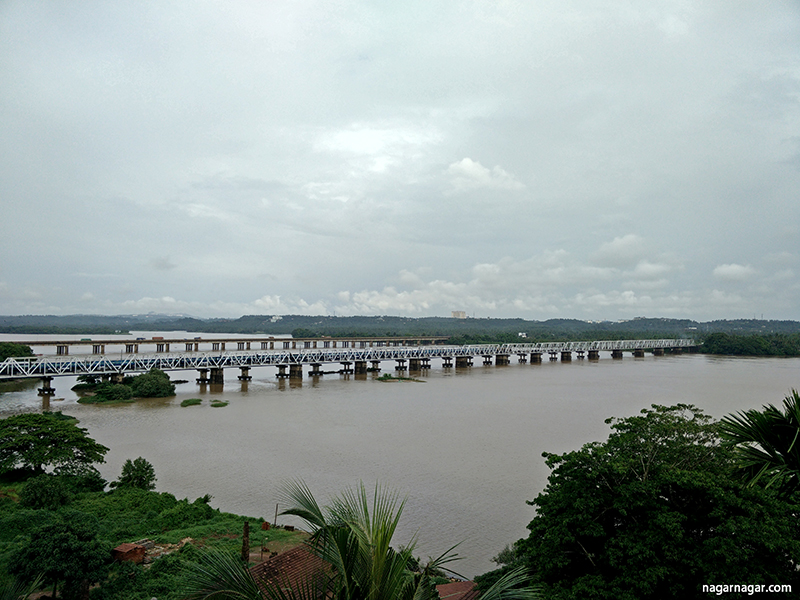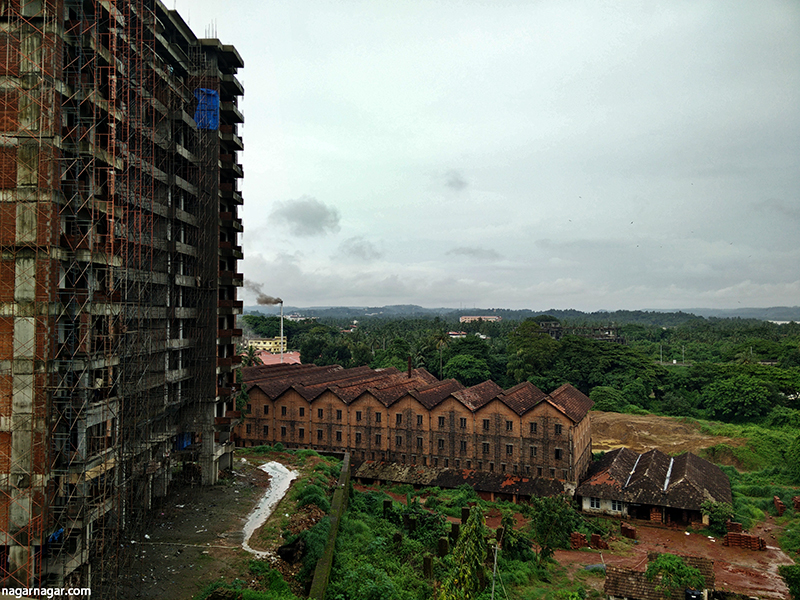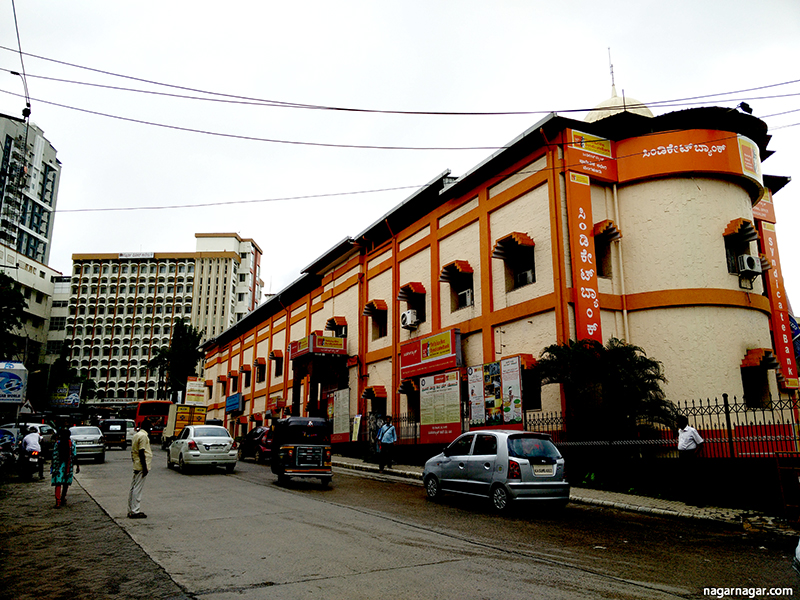After an hour-long drive from Manipal (after a stunning drive from Tirthahalli through Agumbe Ghats to Manipal), over a road that our friends in Manipal University said was being built for last 10 years, we reached Mangalore. The road indeed seemed to be a wonder of time as it couldn’t decide if it wanted to be 2 lane, 4 lane or no lane road. Trucks and cars kept surprising us by deciding to give their sneek peek in our lane from behind other cars and trucks in the opposite lane. We managed to reach by evening before sunset, after crossing the legendary NIT Surathkal and the new Mangalore Port.
The city not only has its name rhyming with Bangalore (not to forget Mangaluru-Bengaluru too), its one-way streets are also equal head-spinners for a new entrant. Apart from the one-ways, it also seemed to be high on dead-ends. We ended up on so many of them on the first day when we were trying to be innovative in trying to find our way without maps. In the few days we were here, we came across and went past a few major landmarks in the city such as the Municipal Corporation Building, Syndicate Bank building, Aloysius Chapel and so on. Every single time, these buildings just always appeared and we never could recall if we had driven before on the route that led us to these buildings-including the hotel we stayed in!! As if our human compasses were disoriented completely.
Other than this, our stay in Mangalore was extremely warm. After Ratnagiri and Belgaum, it was yet another city that people thought of as a 'retirement destination'. We came across quite a few people who were not even born here but decided to settle here after retirement. One was a early retiree couple in early 50s (or late 40s), husband was a retired merchant navy captain and wife, a chef. Also someone else who was not from Mangalore but worked in middle-east for greater part of his career and decided to move back not to his native place but Mangalore. The city was described as, and it also came across as a laid back town. Given the compact nature of the city (less than 200 sq km), most trips can be done in less than half an hour and hence like many other small towns, people come home for lunch and a siesta.
Mangalore is a very old and historic city, and has references dating back to 1st century AD. At that time its name was derived from the river Netravati, which flows till now and meets the Arabian Sea south of Mangalore. Within Karnataka, it is probably the only major city which is well connected by all modes and has an airport, a seaport other than connectivity through railways and roads. It is famous for many things and one thing that one can think of right from the top of their heads (literally) are Mangalore tiles. Other than tiles, the city is also known for its beedis and also cashews. Mangalore port is the biggest exporter of coffee and cashews. All of it came in front of us at a Mangalore tiles factory we went to visit (see next post) where the tiles were being baked using cashew shells as fuel for the furnaces and as the staff smoked their beedis, we sipped on to our coffees.










